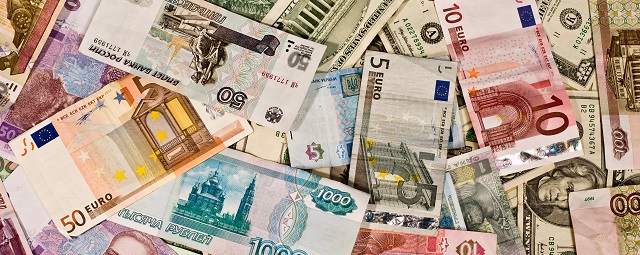While an appreciating yuan may have taken the sting out of the Sino-U.S. currency quarrel, the issue has not quite gone away. Come autumn, when Chinese leaders meet over major reforms, we can expect the liberalization of exchange rates to accelerate.
How to put the country’s foreign exchange reserves to better use is also likely to be on the agenda, following the State Council’s recent call for their innovative use.
The growth of these reserves, from US$ 600 billion 10 years ago to US$ 3.5 trillion as of June this year, has been stunning. As the biggest holder of U.S. dollars, China must carefully consider how it may best use them.
This vast sum is no windfall, of course, as it reflects yuan liability. And the costs to maintain the exchange rate system have also been high. To manage it properly, China must draw on the successes of other economies and build for itself a system that works.
First, a change of mindset is due. Foreign exchange reserves are generally seen as savings that could be used in times of crisis to pay off exports and foreign debt if needed. Thus, when considering ways to invest them, safety is prized over high returns.
But because of the size of China’s reserves, a freer hand is possible: the government could keep, say, US$ 1 trillion as savings to ensure liquidity and meet short-term needs, and invest the rest for returns.
But how and where should it invest? A survey of the many existing sovereign wealth funds would be instructive. A well-managed corporate structure is a must, for a start. The fund must tap professional expertise, institute a sound system of carrots and sticks, and be open to competition. It must have long-term vision, and ensure timely disclosure of information and robust supervision.
Singapore’s Temasek Holdings is one successful model. Despite a bumpy ride in the early years, it has done well by holding firm to market principles. In its recently announced annual results, the company said total shareholder return averaged a healthy 16 per cent in 39 years of operation.
China’s management of its foreign exchange reserves has also had its share of ups and downs, but there are signs of progress. When the People’s Bank of China set up state-owned investment company Central Huijin Investment 10 years ago it intended to use it not only to support bank reform, but also to push for the professional management of financial assets, leading to financial reform. But for various reasons, this model of management did not go far.
The inception of China Investment Corp. (CIC) six years ago marked the birth of a true sovereign wealth fund for China. Though it is undoubtedly heading in the right direction, the CIC is hobbled by the terms of its inception. For its funds, it relies on the foreign exchange reserves bought with special bonds issued by the Ministry of Finance. The cost of this money is high, while it may invest only in low-risk, low-return financial products. This mismatch has limited its operations.
Last year, the State Administration of Foreign Exchange (SAFE) set up a co-financing office to facilitate the use of its reserves to support Chinese companies expanding abroad. Such experimentation is important. When setting up the office, SAFE said it would adhere to market principles.
Through the Central Foreign Exchange Business Center, which it set up to manage the reserves, it has taken steps to hire the right expertise and ensure asset allocation meets market needs.
But such units have their limitations because they are not companies subject to modern management rules; they cannot thrive in a competitive international environment. And in this case, the centre may also be understaffed. In other sovereign investment companies, each employee manages about US$ 500 million to US$ 800 million worth of funds. In comparison, SAFE’s investment team is about 400-strong, and each manages about US$ 8.5 billion.
Well-managed sovereign investment companies are a trend China would do well to follow. To do so, it must adhere to modern management methods, overcome the influence of interest groups and learn from international experience.
Given the size of China’s foreign exchange reserves, SAFE could consider setting up several investment entities that target different markets and serve different investment goals. It may also consider injecting more funds into the CIC to be channeled into several independent, competitive investment organizations.
The recent news that Norway is considering splitting up its huge sovereign wealth fund is noteworthy.
Once properly set up as legal entities, these investment companies will have to abide by clear lines of command and accountability. Only through market reforms can the management of China’s foreign exchange reserves meet the goal of not only benefiting Chinese people today, but also the generations to come.
*Read the original article here.






Be the first to comment on "China: Putting Foreign Exchange Reserves to Better Use"